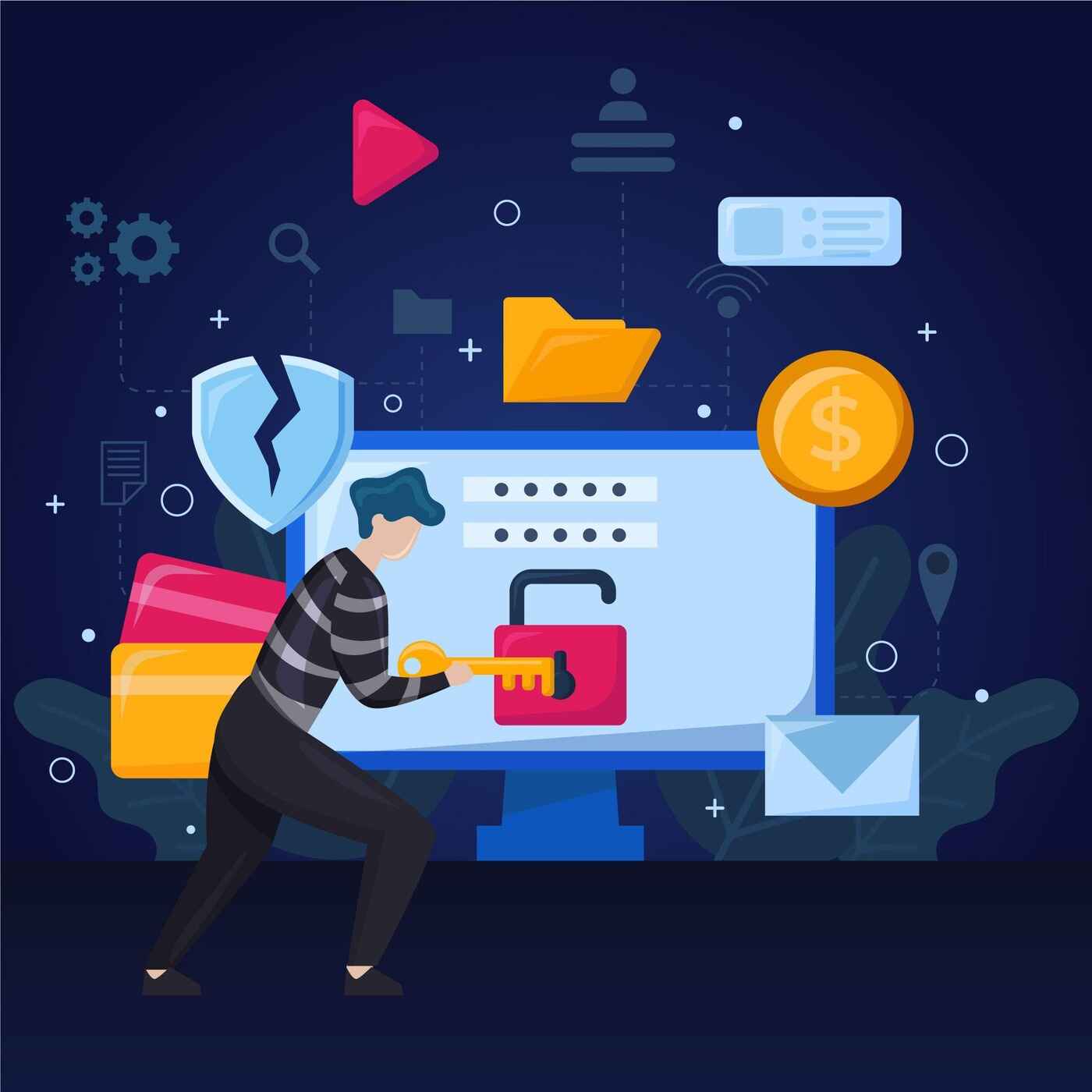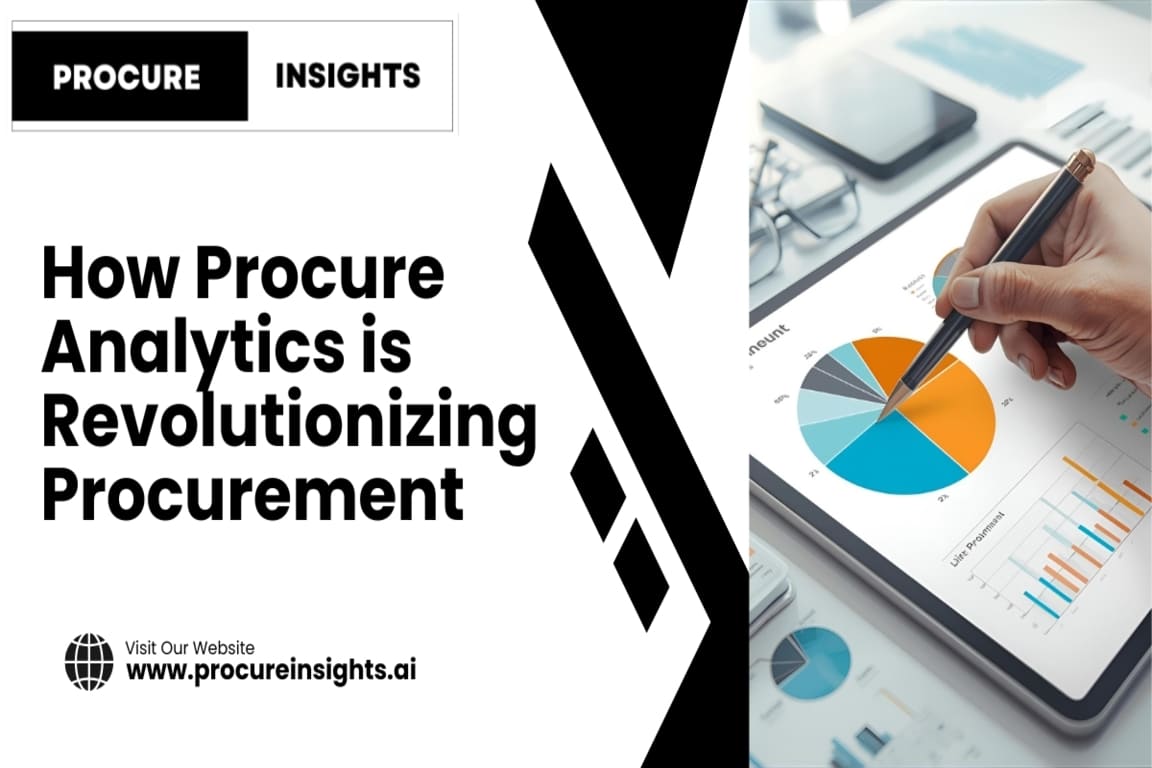In today’s fast-paced, globalized economy, procurement technologies play a critical role in streamlining operations, reducing costs, improving transparency, and enhancing supplier relationships. If your organization is still relying on manual spreadsheets and endless email threads, you’re missing out on transformative digital solutions that can take your procurement strategy to the next level.
In this comprehensive guide, we’ll explore the top technologies used for procurement, how they work, the benefits they offer, and how to implement them effectively. Whether you’re a procurement professional, a business owner, or a supply chain manager, understanding these tools is vital to staying competitive.
Table of Contents
-
Introduction to Procurement Technologies
-
Why Is Procurement Technology Important?
-
1. e-Procurement Systems
-
2. Procurement Management Software
-
3. Supplier Relationship Management (SRM) Tools
-
4. Spend Analysis and Analytics Platforms
-
5. e-Sourcing and RFx Tools
-
6. Contract Lifecycle Management (CLM) Systems
-
7. Artificial Intelligence and Machine Learning in Procurement
-
8. Robotic Process Automation (RPA)
-
9. Blockchain for Procurement
-
10. Cloud-Based Procurement Platforms
-
11. Mobile Procurement Applications
-
12. Integrations with ERP Systems
-
Best Practices for Implementing Procurement Technologies
-
Conclusion
Introduction to Procurement Technologies
Procurement technology refers to a suite of digital tools that facilitate and automate the sourcing, purchasing, and supplier management processes. These technologies range from simple tools like automated purchase order generation to complex AI-powered platforms that analyze spending patterns and optimize supplier selection.
Why Is Procurement Technology Important?
Procurement used to be a back-office function, but today it is a strategic enabler of value. Businesses that adopt the right procurement technologies benefit from:
-
Cost savings
-
Increased process efficiency
-
Better compliance and risk management
-
Enhanced supplier collaboration
-
Real-time data and analytics for better decision-making
Now let’s dive into the technologies that are shaping the future of procurement.
1. e-Procurement Systems
e-Procurement (electronic procurement) systems are digital platforms that automate the procurement process from requisition to payment. These systems replace traditional paper-based methods, making procurement faster, cheaper, and more transparent.
Features:
-
Online requisition and approval workflows
-
Catalog and supplier integration
-
Purchase order automation
-
Invoice and payment processing
Popular e-Procurement Tools:
-
SAP Ariba
-
Coupa
-
Jaggaer
Benefits:
-
Reduced procurement cycle time
-
Greater compliance and auditability
-
Better spend visibility
Learn more: SAP Ariba Procurement Solutions
2. Procurement Management Software
Procurement management software helps businesses plan, manage, and optimize their procurement operations. These tools often include modules for inventory management, order tracking, vendor evaluation, and document control.
Key Capabilities:
-
Budget tracking
-
Custom approval workflows
-
Real-time procurement dashboards
-
Supplier scorecards
Examples:
-
Precoro
-
Zycus
-
Kissflow Procurement Cloud
These platforms help procurement teams move away from ad-hoc purchasing and toward a structured, strategic approach.
3. Supplier Relationship Management (SRM) Tools
SRM tools focus on building and maintaining strong supplier relationships. These platforms provide a centralized place to track communication, performance, compliance, and risk for each supplier.
Core Functions:
-
Supplier onboarding
-
Performance metrics and KPIs
-
Risk assessment and mitigation
-
Collaboration tools
Leading SRM Solutions:
-
Oracle Procurement Cloud
-
SynerTrade
-
GEP SMART
SRM platforms are essential for companies that depend heavily on their supplier networks and want to foster long-term value from those relationships.
4. Spend Analysis and Analytics Platforms
Understanding where and how money is being spent is a foundational step in controlling costs. Spend analysis platforms use data aggregation and analytics to give you a comprehensive view of your procurement spending.
What They Offer:
-
Categorized spend breakdowns
-
Vendor spend concentration
-
Price variance analysis
-
Opportunity identification for savings
Top Tools:
-
SpendHQ
-
Rosslyn Analytics
-
Coupa Spend Analysis
By leveraging spend analytics, procurement teams can uncover waste, prevent maverick spending, and negotiate better contracts.
5. e-Sourcing and RFx Tools
e-Sourcing platforms are used to manage the sourcing process including Requests for Information (RFI), Requests for Proposals (RFP), and Requests for Quotations (RFQ)—collectively known as RFx.
Capabilities:
-
Automated RFx creation and distribution
-
Supplier bid management
-
Bid comparison tools
-
Compliance tracking
Popular Platforms:
-
Bonfire
-
Market Dojo
-
Scout RFP (now part of Workday)
e-Sourcing tools reduce manual effort, encourage competitive bidding, and improve transparency in supplier selection.
6. Contract Lifecycle Management (CLM) Systems
Procurement contracts are often complex and high-value. CLM software automates and manages the contract lifecycle from authoring and negotiation to execution and renewal.
Features:
-
Clause libraries
-
Version control
-
Electronic signatures
-
Alerts for renewals and expirations
Recommended Solutions:
-
Icertis
-
Agiloft
-
DocuSign CLM
With CLM systems, procurement professionals can reduce legal risks, accelerate negotiation timelines, and ensure compliance with contractual obligations.
7. Artificial Intelligence and Machine Learning in Procurement
AI and ML are revolutionizing procurement. These technologies are embedded in many of the tools discussed above but are also available as standalone applications.
Use Cases:
-
Predicting demand and inventory needs
-
Supplier risk scoring
-
Contract analytics
-
Smart procurement bots
Example Tools:
-
LevaData (AI-based sourcing optimization)
-
Xeeva (AI-driven procurement platform)
AI enables data-driven decisions, uncovers insights that humans may miss, and automates repetitive tasks to free up procurement staff for strategic initiatives.
8. Robotic Process Automation (RPA)
RPA refers to the use of software robots to automate rule-based, repetitive tasks in procurement processes.
Automatable Processes:
-
Invoice data entry
-
Purchase order creation
-
Vendor onboarding
-
Contract data extraction
Tools:
-
UiPath
-
Blue Prism
-
Automation Anywhere
RPA increases accuracy, speeds up transaction processing, and reduces costs by eliminating manual effort.
9. Blockchain for Procurement
Blockchain is an emerging procurement technology that provides secure, tamper-proof transaction records. While still maturing, it has immense potential for improving supply chain transparency and contract authenticity.
Applications:
-
Tracking product origin and compliance
-
Smart contracts that auto-execute
-
Preventing invoice fraud
-
Secure audit trails
Platforms to Watch:
-
IBM Blockchain
-
Provenance
-
VeChain
While adoption is still in the early stages, blockchain offers promising use cases, especially for industries where traceability and trust are critical.
10. Cloud-Based Procurement Platforms
Cloud computing has transformed procurement software into scalable, flexible solutions that are accessible from anywhere. Cloud procurement platforms eliminate the need for heavy infrastructure investment.
Advantages:
-
Scalability
-
Automatic updates
-
Lower upfront costs
-
Improved collaboration
Examples:
-
Coupa Procurement Cloud
-
Oracle Fusion Cloud Procurement
-
GEP SMART
Cloud platforms are ideal for growing businesses and global enterprises looking for agile procurement capabilities.
11. Mobile Procurement Applications
With today’s mobile workforce, procurement professionals need to be able to approve, track, and manage procurement tasks on the go. Mobile apps allow just that.
Features:
-
Requisition approvals
-
Mobile notifications
-
Real-time tracking
-
Chat and collaboration
Examples:
-
SAP Ariba Mobile
-
ProcurePort Mobile
-
Precoro Mobile
Mobile access improves decision-making speed, especially in decentralized or international teams.
12. Integrations with ERP Systems
No procurement technology is complete without seamless integration into your ERP (Enterprise Resource Planning) system. These integrations ensure real-time data flow between procurement and other business functions like finance, inventory, and logistics.
ERP Systems Commonly Integrated:
-
SAP
-
Oracle
-
Microsoft Dynamics 365
-
NetSuite
Integrated systems ensure end-to-end process visibility, reduce data silos, and streamline reporting.
Best Practices for Implementing Procurement Technologies
Adopting procurement technology is more than just purchasing a tool—it’s about transforming how your organization manages procurement.
Best Practices:
-
Assess Your Needs First
Avoid tech bloat. Evaluate where your current processes need improvement. -
Secure Executive Buy-In
Without leadership support, adoption will be a challenge. -
Train Your Team
Proper onboarding ensures maximum ROI from the tools. -
Start Small and Scale
Pilot new solutions with one department before full rollout. -
Measure and Optimize
Track KPIs to understand what’s working and refine your strategy.
Conclusion
In a world where efficiency, transparency, and data-driven decisions are vital, procurement technologies provide the tools necessary to thrive. From AI-powered insights and e-Sourcing tools to cloud platforms and blockchain innovations, modern procurement is a tech-driven discipline.
By embracing these technologies, businesses not only improve cost efficiency but also position themselves to respond agilely to supply chain disruptions, regulatory requirements, and market changes.
Now is the time to evolve your procurement strategy and invest in the technologies that will define the next decade of supply chain success.






